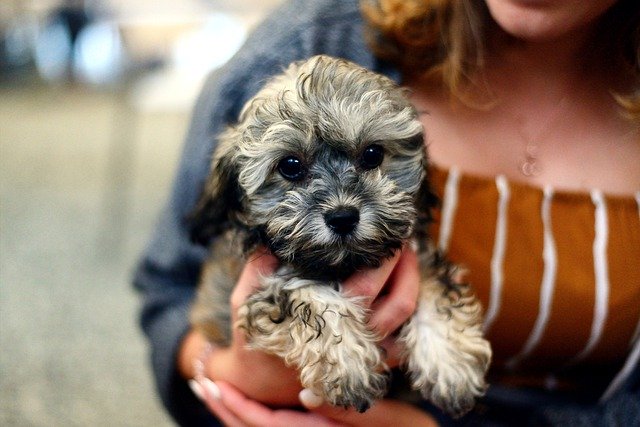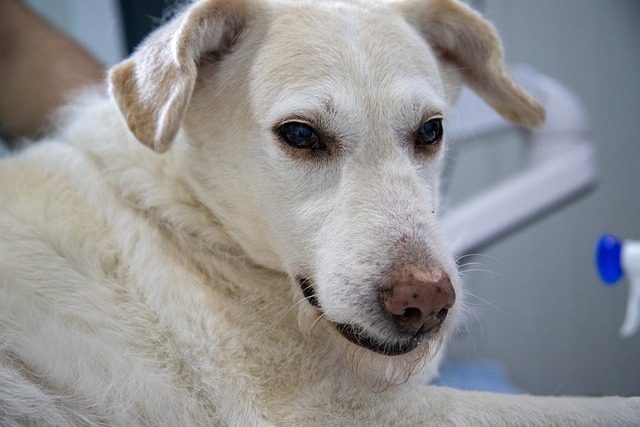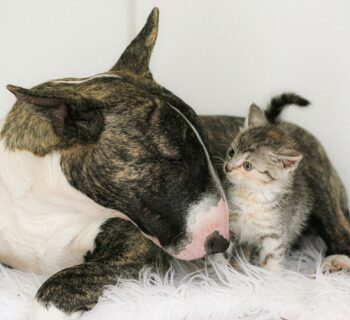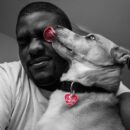How can I tell the age of my puppy? This is something you may wonder about if you just got your puppy from the shelter or were given one without a known birth date. And while you may have been able to provide an estimate, you still aren't sure if your guess is near the mark.
Even though you will still love and care for your puppy as much as you can without knowing a lot about her background, it is one piece of knowledge that could help improve the quality of care it gets, among other reasons. For example, without a known birth date or a close estimate, it's hard to tell the right time for the needed health protocols and procedures such as vaccinations and neutering.
So, can you discover a puppy's age? How can you tell when you have very little or nothing to work with? In this article, we'll go through some steps on how to tell how old a puppy is. These include physical and behavioral signs that could give you solid clues on your pup's birth date to help you care for it better. If you have questions or more tips for telling the age of a puppy, please share in the comment section below.
Table of Contents
Telling a Puppy’s Age: The Teeth
One of the most effective ways of guessing your pup’s age is by examining the condition of the teeth. To check, do the following:
Open and Observe Your Dog’s Mouth
By the time our puppies are around 8 weeks old, most would have grown their complete temporary teeth. Before the temporary teeth, however, all they have are gums, and you can carefully feel these for any sign of an emerging tooth.
At around the 3rd to 4th month, our puppies begin to lose their temporary teeth for the permanent ones. By the 7th month, the permanent teeth should all have grown through, though this could take slightly longer in some dogs.
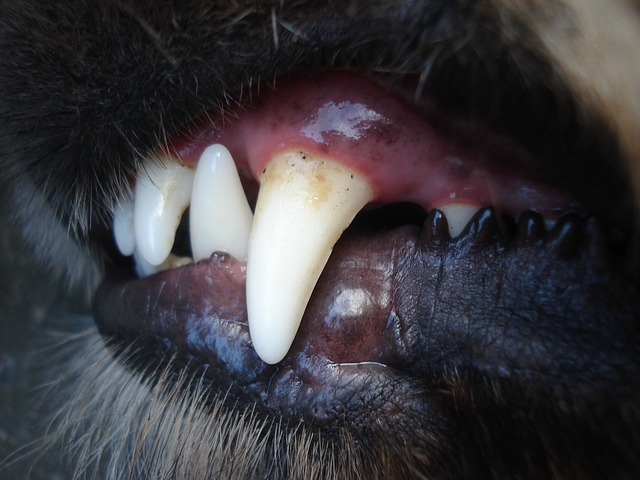
Do the Teeth Have Tartar Buildup?
After all the permanent teeth have grown, at around the 7th month, you will still need to do some digging to find out more.
Tartar buildup is almost unavoidable in our canines. Their teeth will remain clean and white throughout the first year, but all of that changes after the first year (by this time, most dogs will have 42 teeth – canines, incisors, premolars, and molars; 22 in total on the lower jaw and 20 on the upper jaw)
The teeth begin to show some dullness and an eventual tartar buildup that starts in the back. By the 3rd – 5th year, you’ll notice more tartar buildup and some wear and tear. Around the 5th year and after, most canines’ teeth become noticeably worn out and diseased.
Check Your Pup’s Fur Coloring
Is your pup’s fur turning grey? It is likely because your dog is around 7 to 10 years old if it is. Most dogs turn grey around this age (check the muzzle and the surrounding areas in particular as these are usually the grayest), and if its fur is still in the normal color, then it is likely below 7.
The Eyes and Ears
Can your dog see yet? If it cannot, then it is likely around 2 weeks old. Like most other furry animals, our dogs are born blind with their eyes tightly shut. This is because even after birth, their eyes are still developing and so will have to be protected naturally from damage.
On the other hand, if your dog's eye lenses are hardening and appear cloudy, you may have an older dog. While this condition does not affect their sights, a vet visit may still be needed.
Check our article here to see when a puppy would usually open its eyes.
Eye Opening
Puppies yet to fully open their eyes or with minimal vision are usually still very young and would need a few more weeks for their sights to improve.
The Ears
Just like with their sight, our puppies cannot hear at birth – they are born deaf with their ear canals closed and their hearing is still developing.
Canines in this stage are usually under 2 weeks old. At 2 weeks or even around the 10th day, your pup’s ears are completely formed, and around the 3rd to 4th week, their hearing becomes fully functional. You can tell this by paying attention to slight changes in their response to you and the world around them.
Note:
If you notice that your dog may be well above 2 weeks of age but still doesn’t seem to hear (becomes aggressive and flouts your orders), then you should have the hearing checked by a vet. As our canines age, many lose some or even most of their hearing. If your dog seems startled when approached, it may be deaf, but you still have to let a vet confirm your suspicion.
Appearance and Behavior
Even as you love and care for your puppy, you should still keep tabs on its behavior. This way, you will notice changes that could give you clues on the exact age. However, without the mother or litter mates, there are certain behaviors you may not get the opportunity to observe, especially those that occur when the puppy is around 3 to 5 weeks old.
Between the 3rd to 5th weeks, the puppies develop rapidly, displaying behaviors such as walking, tail wagging, barking, growling, and playing with you, toys, or other pets in the home. They also become highly active, curious, fearless, and clumsy at this stage.
Super-Sensitive Period (7 To 10 Weeks)
Puppies are extra-sensitive around this time, and this is when they're bonding with you, and the rest of the family is at its highest. Comfort and reassure them as much as possible until it feels safe and be more comfortable around you.
Your pup’s super-sensitivity is not unconnected with being separated from the mother and litter mates. While many will become more confident at around the 12th week, it could take longer for others. Outlined below are some things you can do to manage your dog at this stage.
Be gentle and reassuring
When your puppy first arrives at your home, it is unfamiliar with the environment and frightened. You want to avoid anything that could add to the stress, frighten it more, and cause timidity. In the first few weeks, you should try to hold off social behaviors like meeting strangers or trying to get him to play with toys or other pets.
Also, hold off travels and grooming, and if you have to take her to the vet, ensure the visit and all involved are gentle and reassuring. You don’t want your pup associating trips to the vet with an unpleasant and stressful experience.
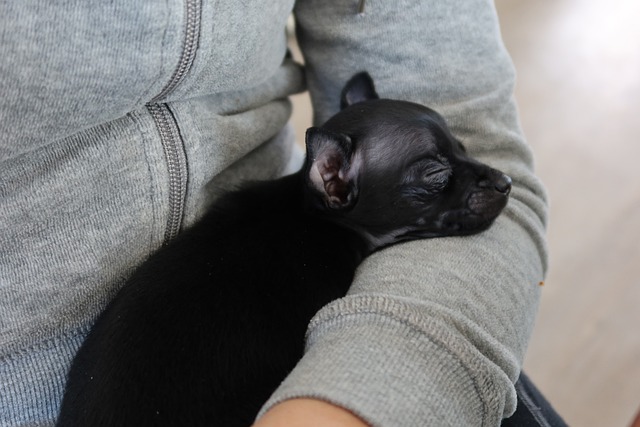
13th to 16th week
Puppies generally become more independent and stubborn around their 13th to 16th week. Be patient with them as they are only experimenting with submissive and dominant behavior on people and other dogs.
You may also notice that your puppy is no longer the eager-to-please pet you once knew. It may even start ignoring your training orders and stop paying attention to your commands. If this is a behavior you’ve noticed for some time in your dog, it is likely around this age range.
Training out Undesirable Behaviors
You should begin behavioral training to prune undesirable traits your dog may display. Try not to get angry and yell when these behaviors test you. However, be firm and consistent, or your puppy will grow up challenging you and others in the home in its quest for dominance.
Training and Socialization Tips for Puppies
Training and socializing your puppy with other humans and pets in the home is crucial, especially so in its first few months of life. Your puppy should be taught how to be around other humans, pets and even how to walk on different floor surfaces including grass, cement, asphalt, and carpets.
You can fast-track the learning and socialization process by enrolling the puppy in a doggy class. These classes usually combine play and socialization with the required training.
Things to Note When Training a Puppy
Do not skip the socialization process. Poorly socialized dogs tend to become fearful, timid, aggressive, or simply lacking in confidence when around new people, situations, and even pets.
You want to be very careful when doors are opened or when your puppy is taken to a public area at the puppy and adolescent stage. It is not uncommon for puppies at this stage to wander off or ignore you completely when instructed to behave right and then land in some kind of trouble. You may also want to consider getting a leash to keep him safe and within reach at all times.
Conclusion
Telling a puppy’s age can be done while not the most straightforward task. I outlined some common physical and behavioral traits that can help how to tell how old a puppy is. You should be able to figure it out with close and proper observation of even the slightest signs.
If you still cannot estimate your pup’s age correctly or are unsure of your findings, you can always consult a professional for help. This could be your vet or an expert dog handler, or anyone with lots of experience caring for canines and who is deeply knowledgeable about their behavior.
About the Author
Kirsten Heggarty
Kirsten created The Pet Handbook with the aim of sharing her knowledge about pets, pet food, healthy habits, and more. All of her advice is based on years of her own experience with her pets, and feedback that she has received from grateful readers about her tips. If you want to know more please read the About Me page.


